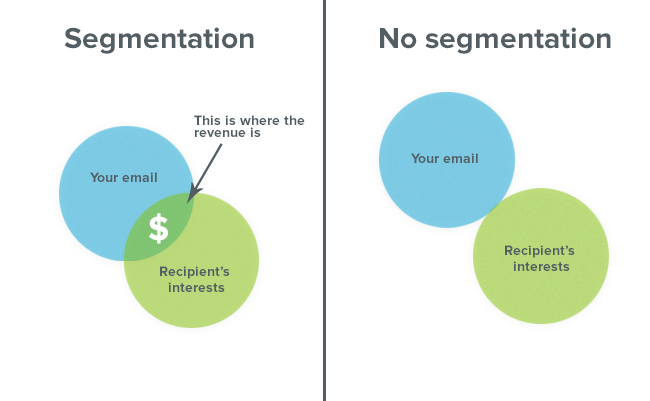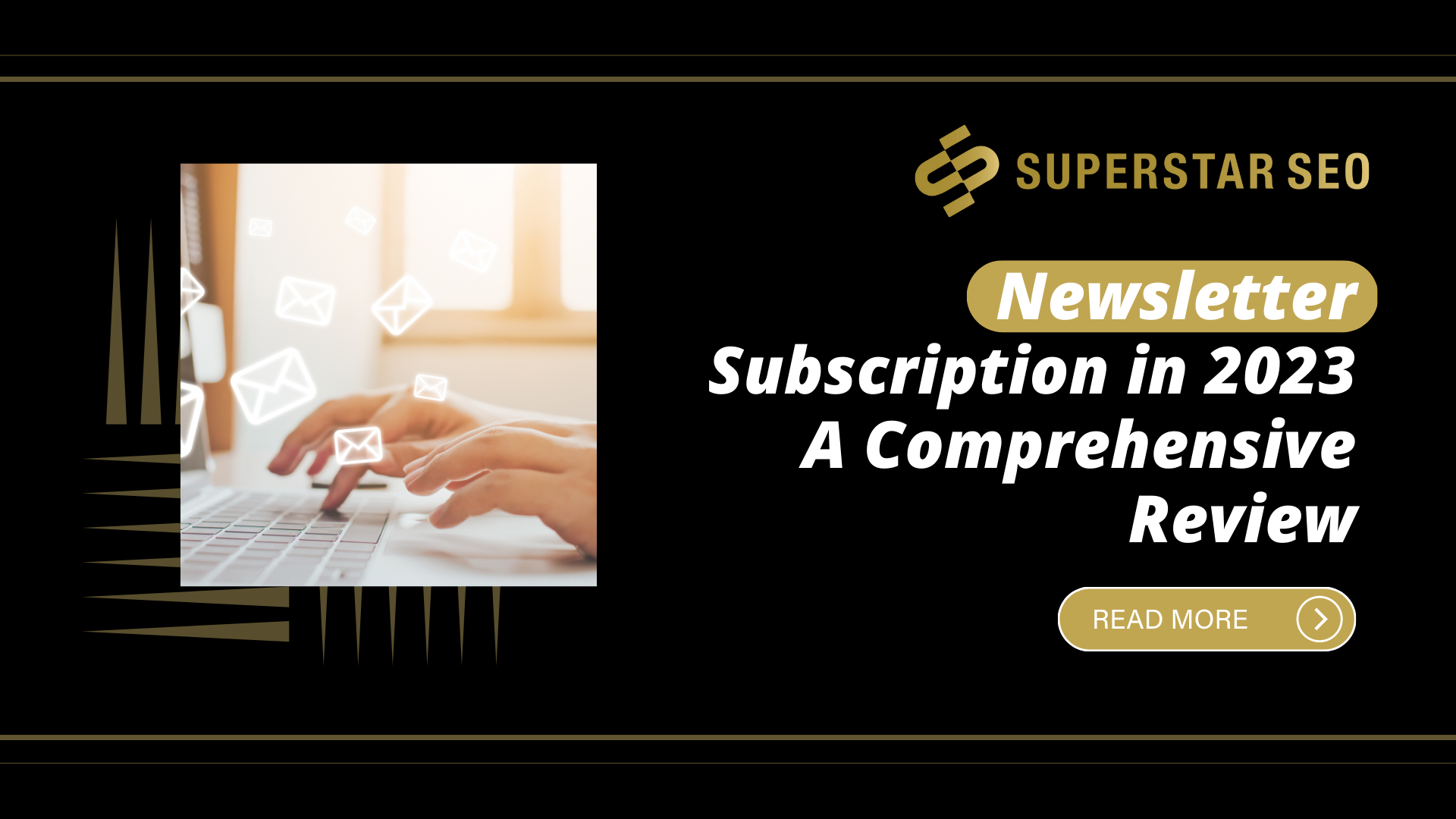Newsletter Subscription in 2023: Rethinking the Approach
In 2023, newsletters will be more personalized and targeted than ever before, ensuring that you receive the information you want without receiving extra information about things you don’t care about. After all, who doesn’t hate it when, after a newsletter subscription, you immediately receive 3 or 4 emails from the company you signed up with?
If you own a website and you’re reading this now, it’s probably because you have at least one newsletter or mailing list to help you stay in touch with the people who visit your site or buy your products or services.
And nope, they aren’t and won’t be dead in 2023!
People WANT to get emails from brands.
A study has shown that around 72% of subscribers listed staying up to date with a company or learning about a topic of interest as their reason for subscribing.
Newsletters are making a huge comeback, but today they have modern-day features: like personalized email content, for example.
A recent research by Hubspot shows that the most effective strategies for email campaigns are subscriber segmentation, message personalization, and email automation campaigns.

Newsletters are an incredibly useful tool to reach customers and potential customers in an economical and personalized way.
Still, newsletter subscription methods might need some reworking by 2023 if they want to stay relevant to their readers.
And even if you get subscribers, make sure you KEEP THEM! But more on that later.
What Will Be Working in 2023 (and What Won’t)
1. Keep Your Email Newsletter Signup Form Short
The days of lengthy newsletter subscription forms have been over for a long time, and still, I’ve stumbled across some websites that were linking to a signup page.
I don’t need to tell you this, but users are quickly becoming increasingly impatient with internet browsing.
And anything longer than a few seconds will likely result in abandonment.
The best approach is to keep your signup form as short as possible and to make it interactive by including an email newsletter subscription message that can be read within a few seconds.
If you want to try something out of the box, consider using a newsletter subscription popup rather than a form.
This will allow you to address any questions about your newsletter before you get started, as well as collect more information on what content people would like to see from your business.
2. Give the User More Control over the Content and the Frequency
Don’t focus only on new subscribers: keep the ones you have.
As a study from Hubspot has shown, your numbers can deceive you if you don’t look at the whole picture.

If you’re getting an increase in unsubscribes, it might be because of different reasons. People may be uninterested, or maybe they’re overwhelmed.
You must identify your unsubscribers’ reason and make adjustments accordingly.
Maybe all you have to do is lower the frequency of emails sent.
After all, which one is better? Having an engaged subscriber who receives one email per week or a subscriber who gets every email but never reads it?
Another great way to increase the number of subscribers you have is to give the user more control over the content they want to receive in their newsletters.
By allowing them to choose from a list of topics, and the frequency of the emails, you’ll be able to tailor your newsletter specifically for each individual subscriber.
3. Engage New Subscribers with Your Thank You Page
The confirmation page after a subscriber signs up, is great to grow your email list.
This page shows up right after your visitors opt into your offer.
That offer might be filling out a form, subscribing to your newsletter, downloading a lead magnet, etc.
So, by sending visitors to a thank you page, you can show off your personal brand, guide the visitor toward what they should do next, and increase the value of new subscribers.
Conclusion
One thing is for sure, we will have to rethink how we approach email newsletter subscriptions.
The key message for anyone thinking about increasing their newsletter subscriptions in 2023 is that it has to be easy for readers to subscribe and difficult for them to leave.
Whatever your solution may be, it’s important that people feel like they are able to easily manage their inboxes and the content they receive while keeping themselves safe from spam emails.





